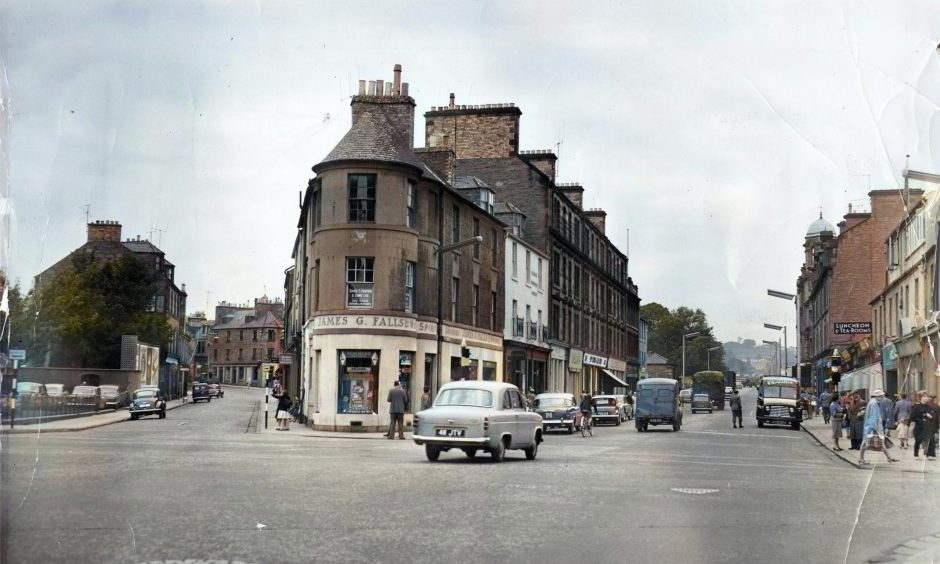
These rare images show life in Perth during the 1960s like you’ve never seen it before – in colour.
The black and white photographs from DC Thomson’s archives have been enhanced and coloured using advanced AI technology.
Here, we see them in a new light for the first time.
The history and heritage of Perth and Perthshire is rich in stories of Roman armies, medieval battles, bloody sieges and mysterious carved stones.
Once the capital of Scotland, Perth has a proud historical tradition.
In 838AD, Kenneth MacAlpin became first king of Dalriada, as united Scotland was known in the 9th Century, and brought with him to Scone the Stone of Destiny.
Despite the Stone being stolen in 1296, all 42 of Scotland’s kings were crowned there.
Perth became a royal burgh in 1210 and it was fortified by Edward I of England.
It surrendered to Oliver Cromwell’s forces in 1651 and was occupied during the Jacobite uprisings of 1715 and 1745.
From its position on the navigable River Tay, Perth became an important trading port, exporting salmon, wool and other agricultural products.
It also established itself as a cattle trading centre.
Its bull sales being internationally renowned and visited by John Wayne.
There were glory days aplenty.
Perth has grown apace since then.
The collection of pictures capturing streets and everyday life ranges from St Johnstone supporters on the terracing at Muirton Park to the shops of yesteryear.
So how did the Fair City look in the Swinging Sixties?
Multi-storey flats
The Fair City’s first multi-storey blocks were officially opened in April 1960.
An 11-storey tower block and an eight-storey slab block were built in Pomarium Street.
It was completed in 13 months by George Wimpey.
The rent was £69 a year for a three-room flat and £61 for a two-room flat.
Queen’s Bridge
The Queen and the Duke of Edinburgh were given a rousing reception when they arrived in Perth in October 1960 to open the new £150,000 bridge.
The Queen’s Bridge was a replacement for the Victoria Bridge.
It opened on the 750th anniversary of the granting of the royal charter to Perth.
The bridge was designed by William Fairhurst, who was also a chess master.
St John’s Square
St John’s Square was officially opened by Lord Provost John Young in July 1961.
The £250,000 development, including a shopping centre, offices and houses, occupied the Meal Vennel clearance area opposite the City Hall.
It was named after St John the Baptist, who is the city’s patron saint.
Perth Railway Station
A busy scene outside Perth Railway Station in October 1961.
The station was built between 1847-48 and designed by Sir William Tite of London, one of the most successful English architects of the 19th Century.
The background in the photograph is dominated by adverts for Bovril, Cadbury Dairy Milk and the British government savings scheme that operated until 1978.
St John Street
A view of St John Street in Perth in October 1962.
The elegant terraces were lined with ground-floor shops including Kennaway’s, which had lunch and tea rooms on the corner of South Street.
They provided cakes and goodies.
Kennaway’s were famous for their fruit loaves.
Marks and Spencer
The finishing touches were being made to the new Marks and Spencer.
It opened in Perth High Street on November 1 1962.
It was the 13th M&S in Scotland and the sales floor, featuring marigold and grey terrazzo tiles, spanned nearly 15,000 square feet.
Shoppers were urged to come and see the “exciting range of St Michael clothes for all the family” and food which was “famous for quality and freshness”.
Goodlyburn School
It’s hammer time in May 1963.
These pupils were hard at work in the technical class at Goodlyburn School.
Can you identify anyone in the photograph?
Perth shoppers
Shoppers enjoy a seat on one of the benches in St John’s Square in May 1963.
The development provided 12 shops in traffic-free surroundings with the central area incorporating a garden that retained the Mercat Cross.
The winning design of St John’s Square by Herbert West and Robert Miller was chosen in 1956 from an entry of 43 in an architectural competition.
Watergate
A man is walking down the Watergate area in March 1963.
Our picture shows some of the fine buildings on the one-way street including wine merchant R B Smith & Sons, which produced its own blended whisky.
The most notable were bottles of Old Moorland and Clan Livet.
Perth supermarket
The eye-catching display “gondolas” with their attractive overhead canopies were a novel feature throughout this new Perth supermarket in December 1965.
Unfortunately, the photo caption gives no indication of the name.
But do you know which supermarket it was?
Perth High Street
A busy scene in Perth High Street in May 1966.
Among the shops was Kyle Wallpaper with over 1,000 patterns to choose from and Traill the tobacconists, which opened in 1820 and closed in 1978.
The Highlander figure above the shop was familiar to generations of Perth people.
Old bridge marker
A view of the Old Perth Bridge marker beside the Tay in July 1967.
Carved on a stone pillar in Tay Street is a reminder that older bridges built across the Tay at Perth were not very permanent structures.
“The Old Perth Bridge, destroyed by flood AD 1621, spanned the river near this point, and in the neighbourhood was fought the Battle of the Brig, AD 1547.”
Perth Christmas lights
Christmas lights brighten up Perth in December 1966.
One of the most famous department stores was Caird and Sons, which can be seen in our image and sold cutting-edge fashion including Pringle garments.
Cairds began in the mid-1800s with one man walking through Angus selling shirts.
Bell’s Sports Centre
Bell’s Sports Centre under construction in February 1967.
The £225,000 fibreglass astrodome was the first in Scotland to provide all-weather facilities for athletics and recreation and opened in October 1968.
The project was financed by a gift from whisky magnate Arthur Kinmond Bell.
Friarton Nursery
Children on the chute at Friarton Nursery in Perth in November 1968.
Judging by his cap, the little boy at the front clearly had his eyes on a career as a police officer when he grew up, but what of these other children?
Friarton Nursery on Craigie Road opened in September 1946.
Muirton Park
A big crowd in the stand at Muirton Park in February 1969 where St Johnstone defeated Aberdeen 3-1 in the First Division.
Fred Aitken opened the scoring and Henry Hall got a double in a game watched by 6,311 fans including Tottenham Hotspur manager Bill Nicholson.
He was watching St Johnstone goalkeeper Derek Robertson.
The stadium had existed since 1924 and was the setting for a string of memorable performances both in domestic action and in European competition.
Yet, by the 1980s, it was decrepit and the club moved to McDiarmid Park in 1989.
- ALL IMAGES IN THIS ARTICLE ARE COPYRIGHT OF DC THOMSON AND HAVE BEEN COLOURED USING ADVANCED AI. COLOUR REPRODUCTION MAY NOT BE 100% AUTHENTIC. UNAUTHORISED REPRODUCTION IS NOT PERMITTED.
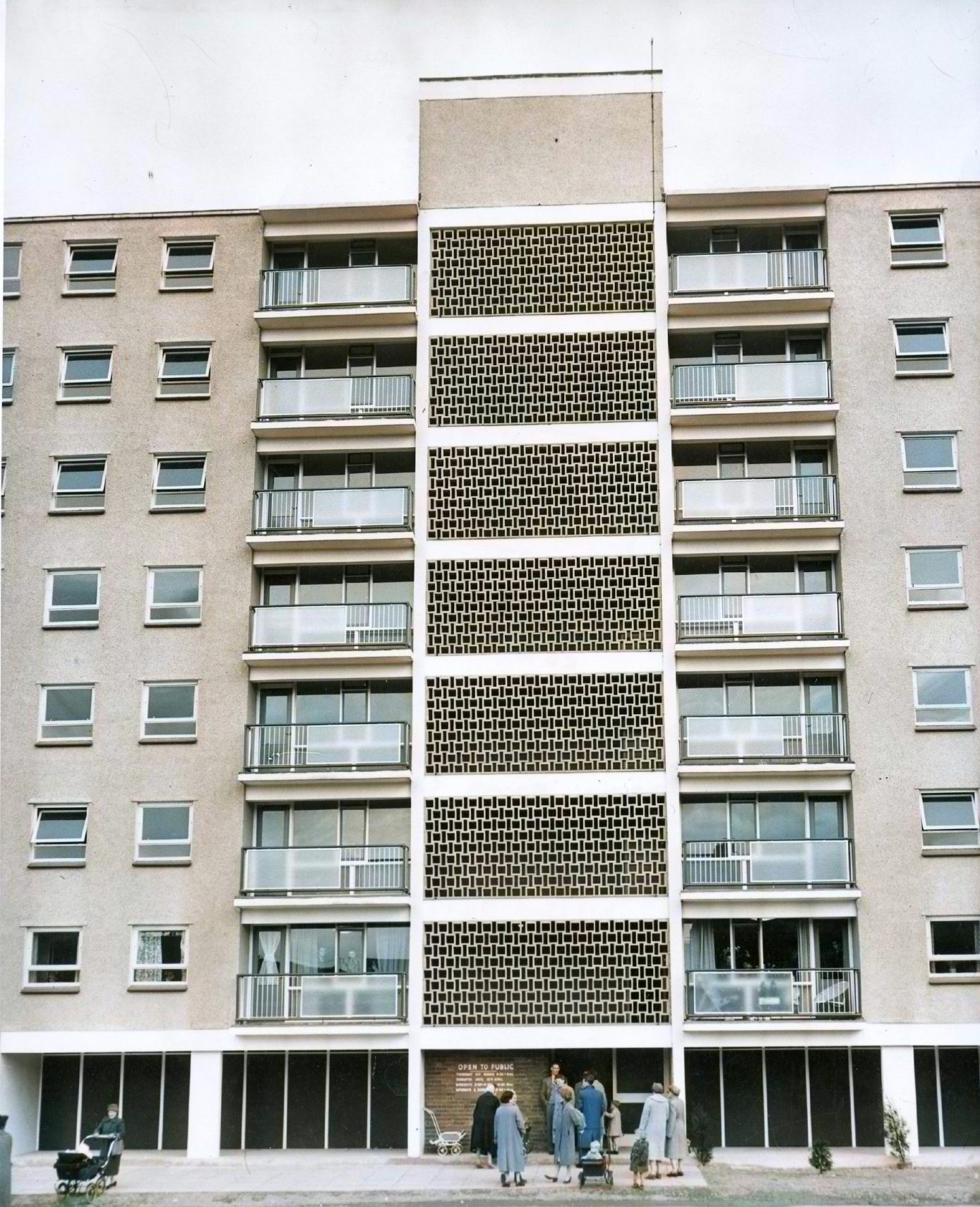
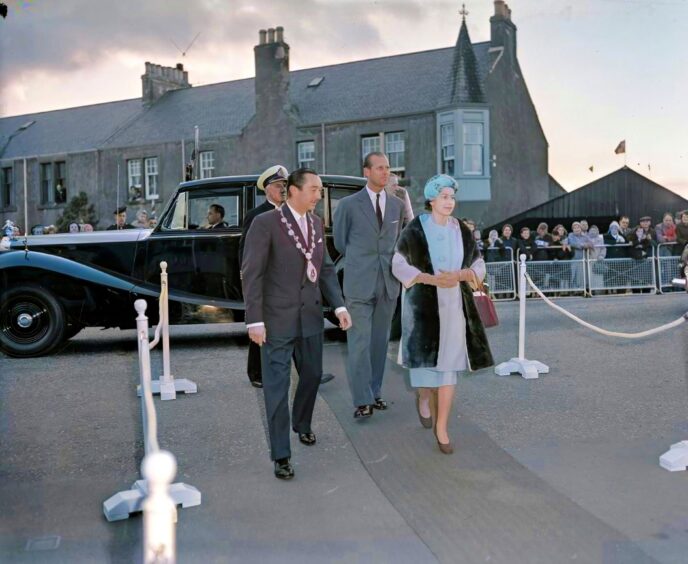
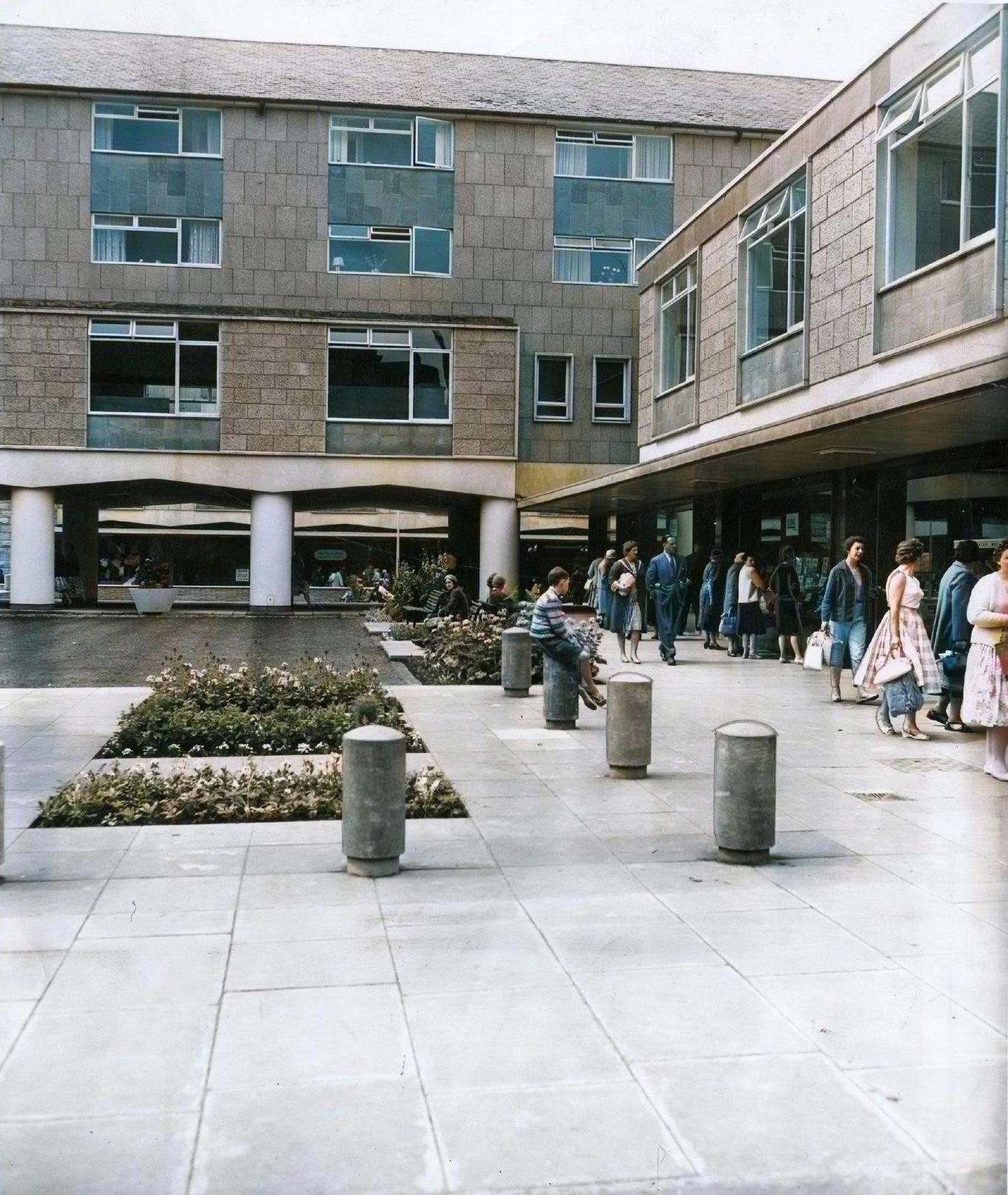
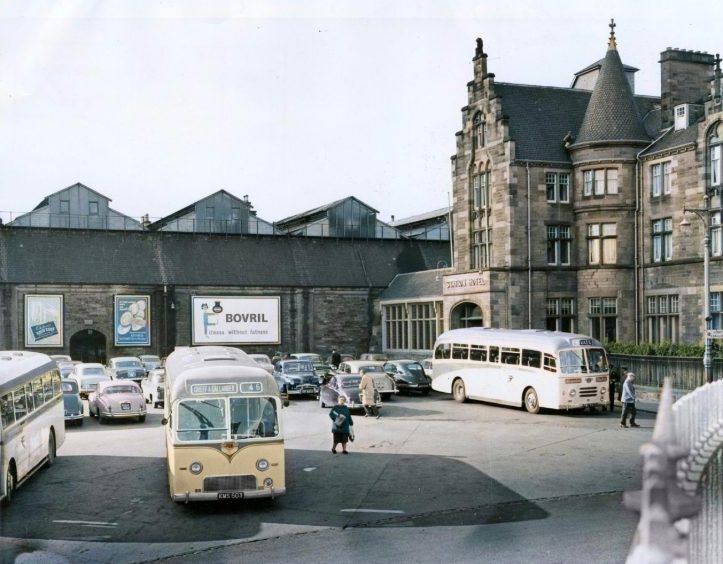
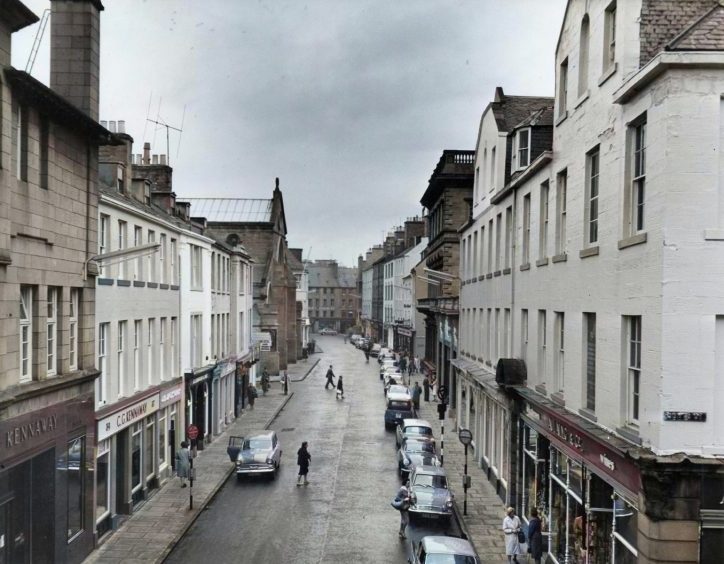

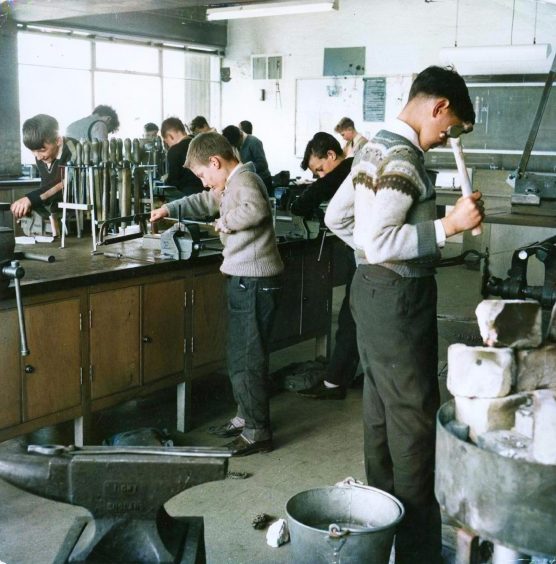
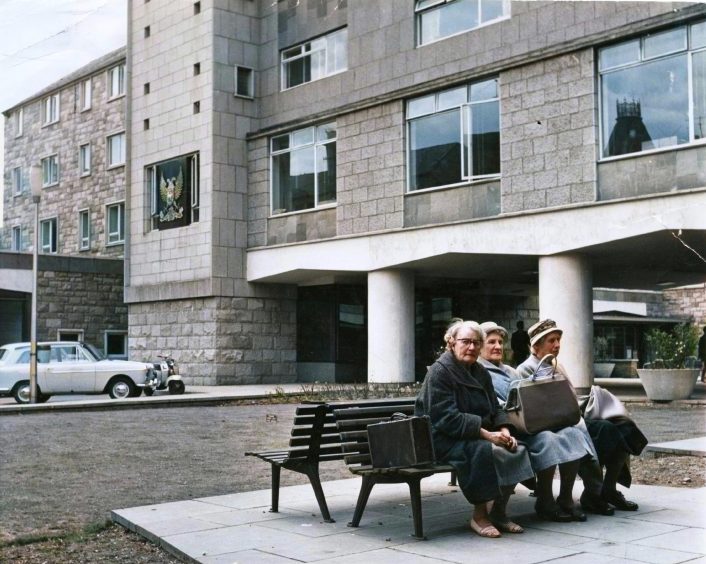
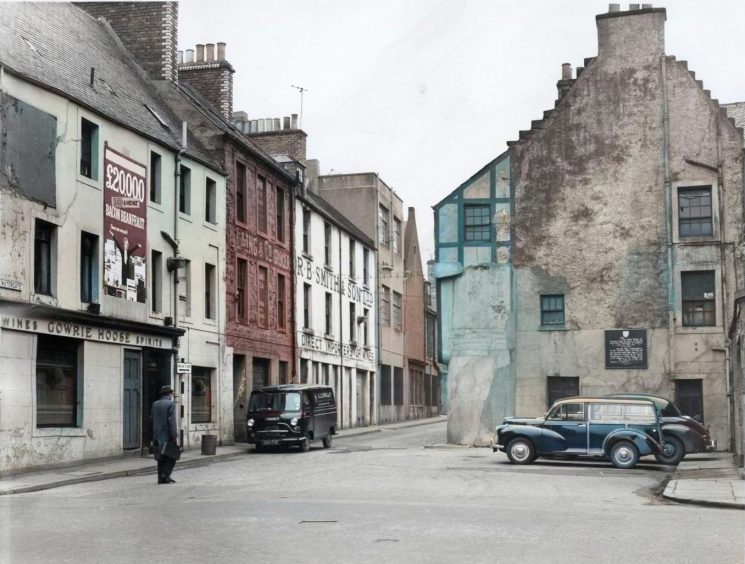
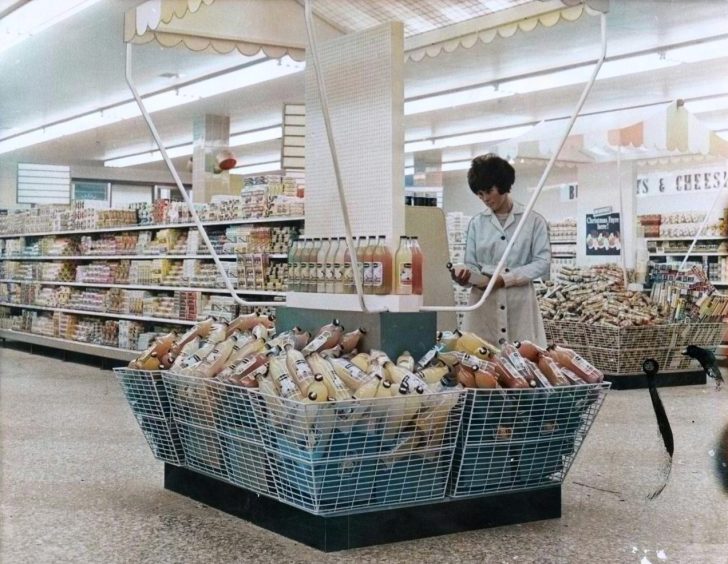
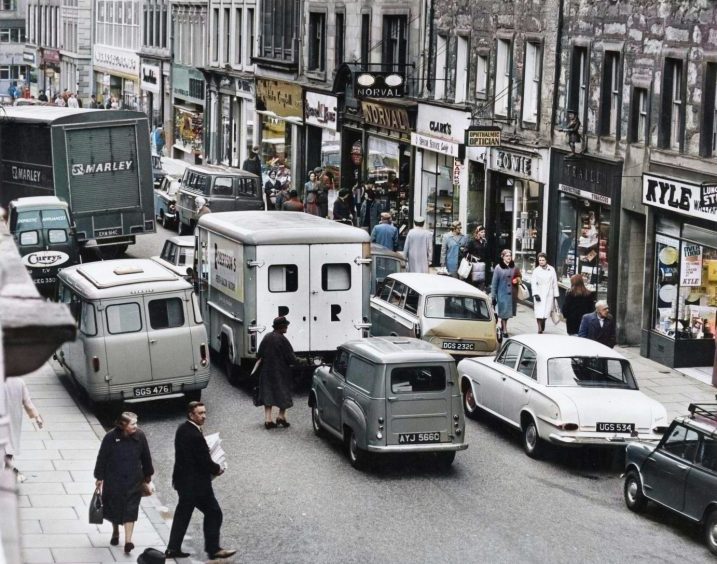
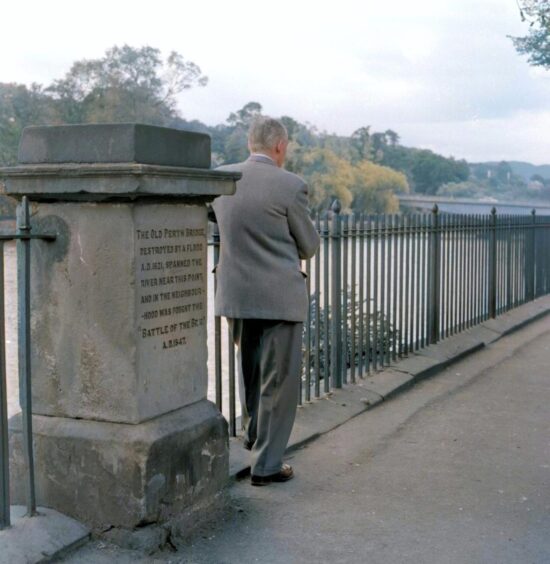
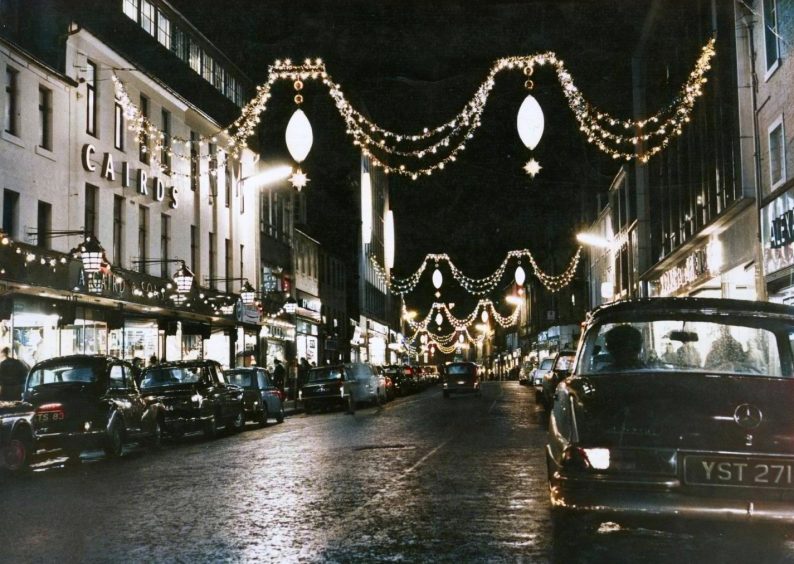
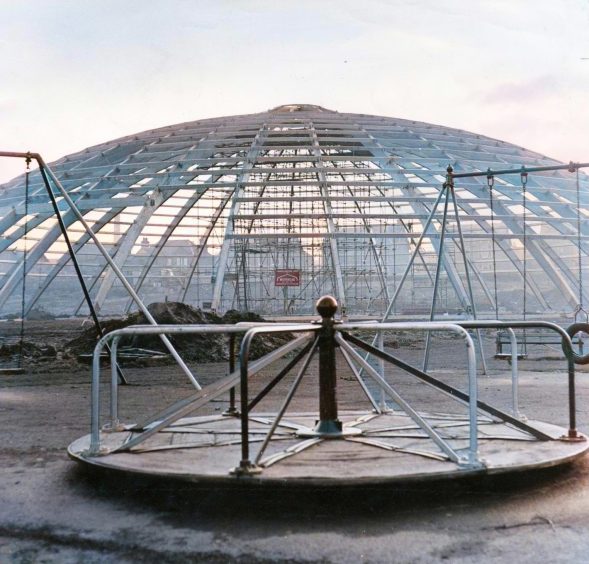
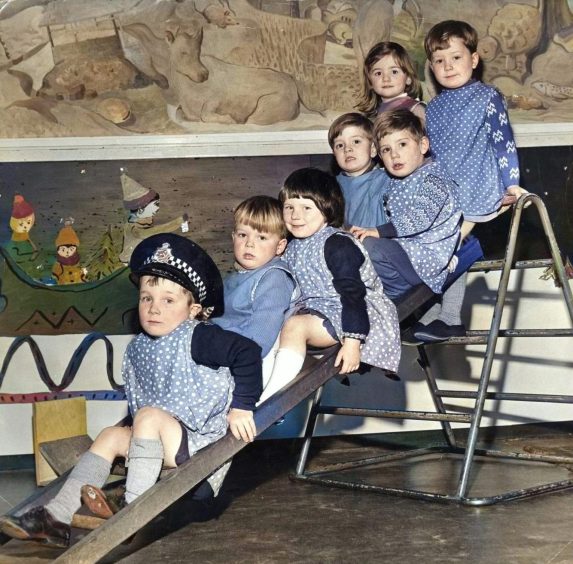
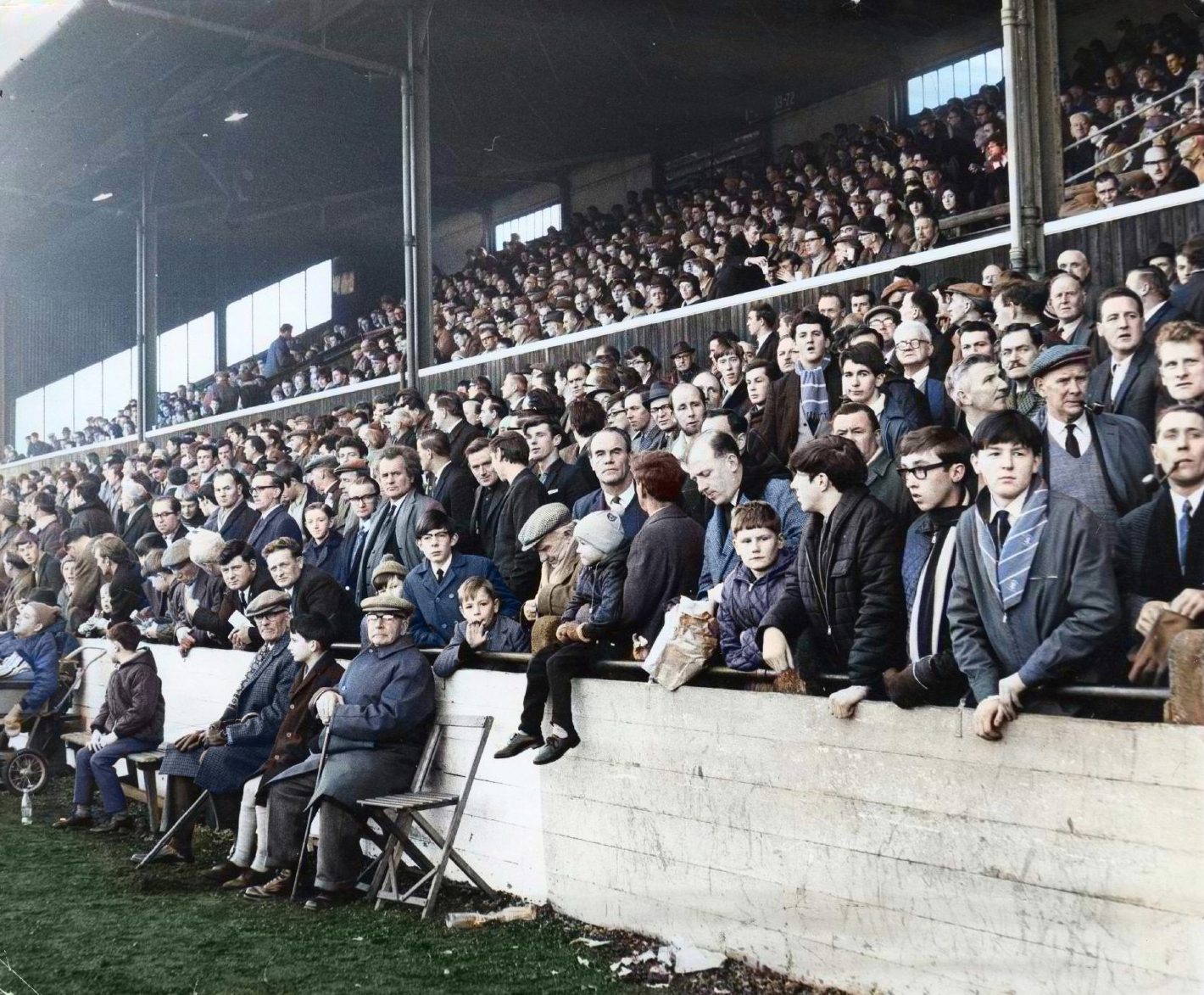
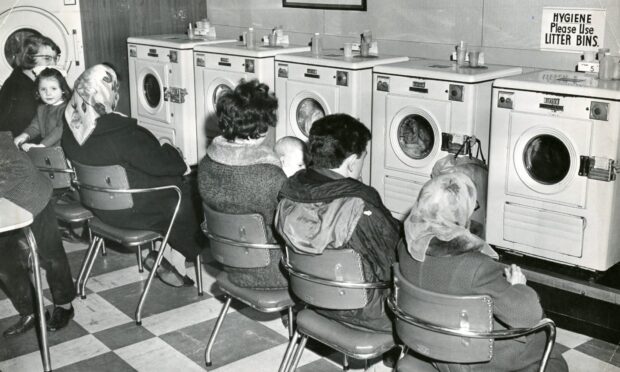
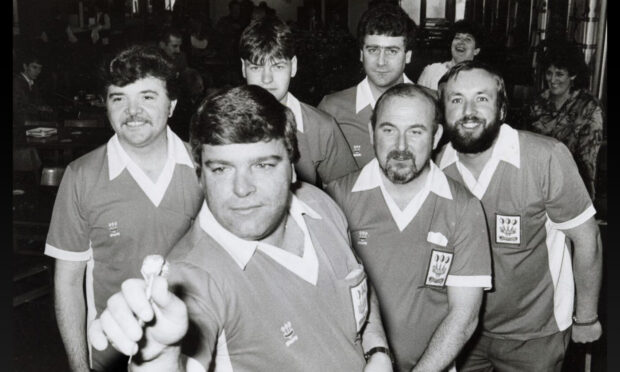
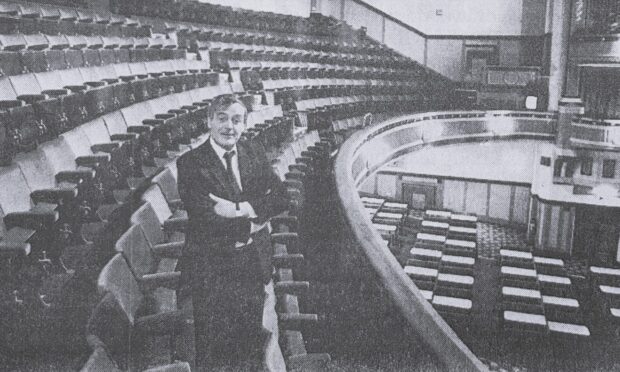
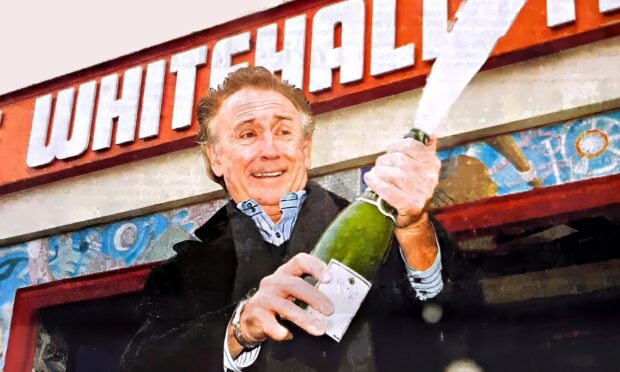
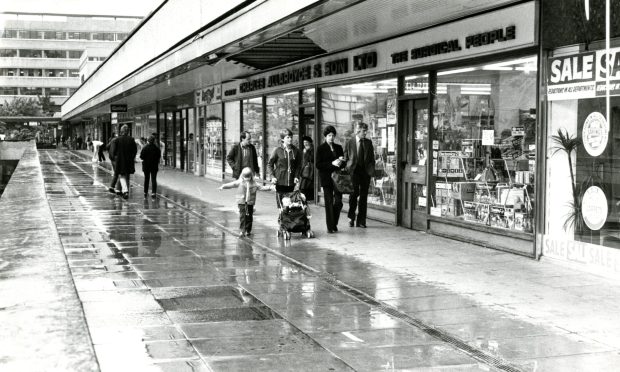
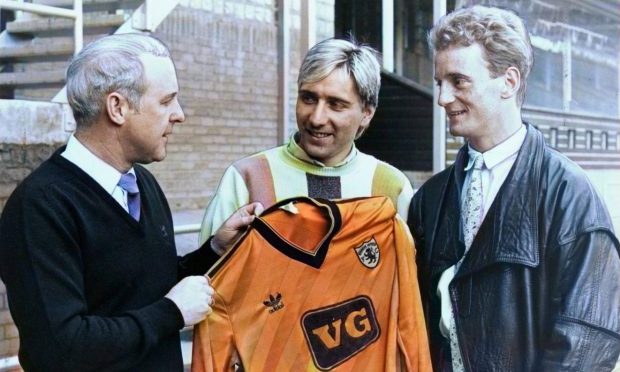
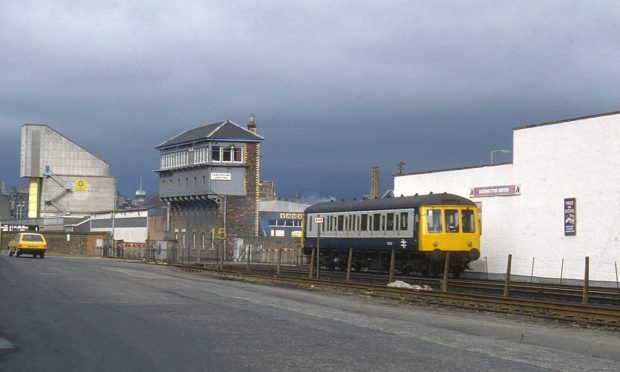
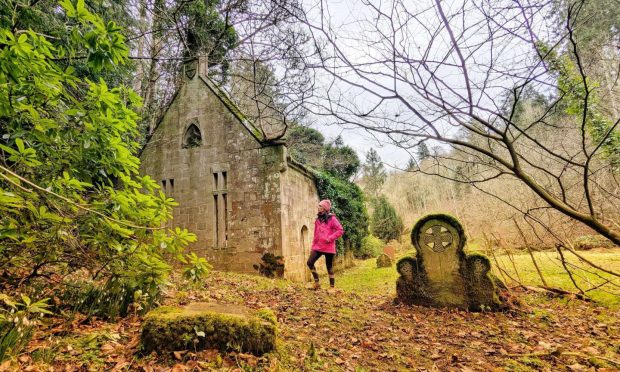
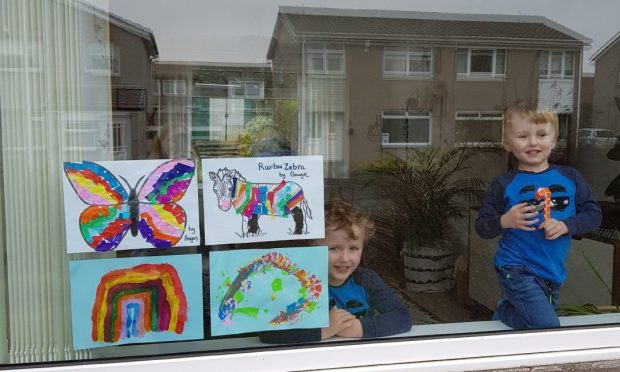
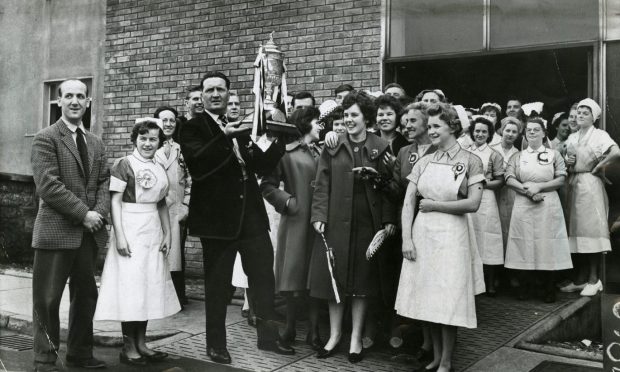
Conversation